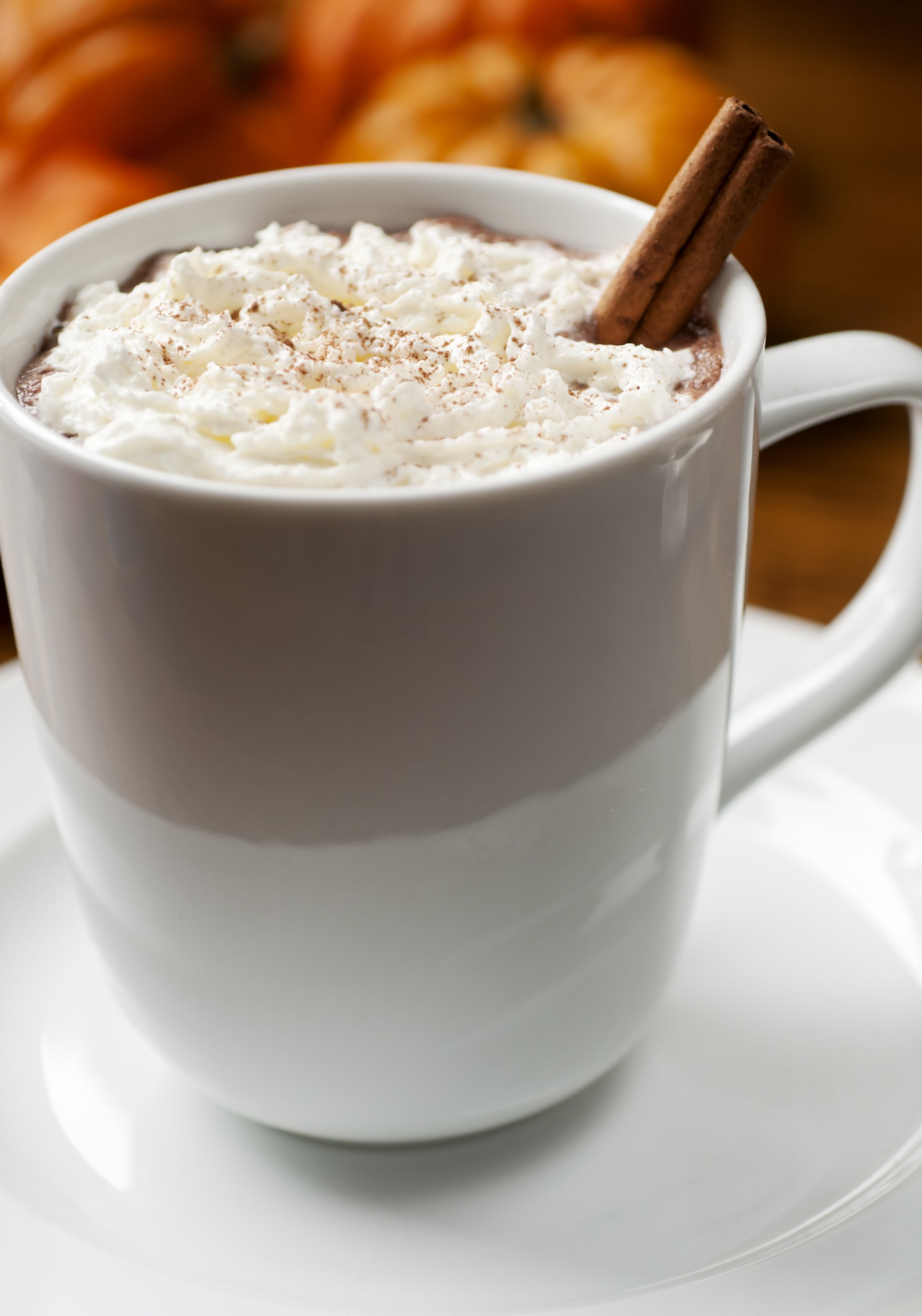
Pumpkin spice is continuing its ceaseless march into every corner of our lives.
As people who eat or drink outside the home have probably noticed, what we may have thought were harmless pumpkin spice lattes a few years back have mutated, taking over our cookies, pancake mix, oatmeal, candy corn, Oreos, cream cheese, chewing gum, granola, bagels, tortas, almonds, peanut butter, oolong tea and even our white balsamic vinegar. Not to mention our yogurt-covered pretzels and baked donut holes!
For those who haven’t set foot in a Starbucks or grocery store recently, here is a handy chart from Google Trends showing how often people have entered this phrase into its search engine over the past decade, rocketing from basically nothing to unprecedented levels that currently dwarf other spices:
One company in a prime position to monitor pumpkin spice’s ascendance is My Fitness Pal, whose app and website some 65 million people are using each day to log everything they eat and drink. The company’s data, being reported for the first time by TIME, puts hard numbers on the fact that mere cinnamon is simply not enough for us anymore. In 2009, only 212 distinct foods entered into the system were noted to be of the pumpkin-spice variety; today that number is nearly a staggering 44,000. That’s a more than 20,000% increase.
Of course, as users try new foods and more people start using the app over time, there is natural, across-the-board growth for every type of food in the My Fitness Pal database. And its users are not a random sample. There may be some unexplained predilection some food-loggers have for pumpkin-spiced things. But the data still illustrates a shift we can all see happening in our grocery aisles.
For those out there who are so over pumpkin spice, take cheer. Those analysts also found suggestions that the trend may be hitting a plateau. After the number of pumpkiny foods increased nearly 50% year-over-year in both 2011 and 2012, that bump fell to 14% in 2013. (In figuring these percentages, they controlled for the overall growth of the database.) “Though it’s too early to tell how things will shake out for 2014, looking at September as a leading indicator reveals that the numbers for this year and last are nearly identical,” the app’s analysts report, “hinting at a possible pumpkin spice stagnation.”
But while the market for delightful hints of ginger and nutmeg may be near full penetration, there is also evidence of “pumpkin spice season creep,” the analysts report. While peak pumpkin spice consumption continues to fall in mid- to late October, over the years it has started earlier and ended later. The beginning of pumpkin-spice season is largely at the discretion of Starbucks, they found. When the company announces the return of its pumpkin spice latte—as they did in the decidedly summer month of August this year, providing “early access” to select drinkers — the gates open and the deluge begins.
In 2009, the pumpkin spice season ended around New Year’s Day; in 2013, My Fitness Pal users were still logging significant amounts of pumpkin spice foods as late as March 1. “Before you know it,” the analysts caution, “we could be looking at pumpkin spice peeps and jelly beans.” Let us at least hope that we Americans never confuse our seasons enough to lay eyes on pumpkin-spiced hot dogs.
More Must-Reads from TIME
- Donald Trump Is TIME's 2024 Person of the Year
- Why We Chose Trump as Person of the Year
- Is Intermittent Fasting Good or Bad for You?
- The 100 Must-Read Books of 2024
- The 20 Best Christmas TV Episodes
- Column: If Optimism Feels Ridiculous Now, Try Hope
- The Future of Climate Action Is Trade Policy
- Merle Bombardieri Is Helping People Make the Baby Decision
Contact us at letters@time.com